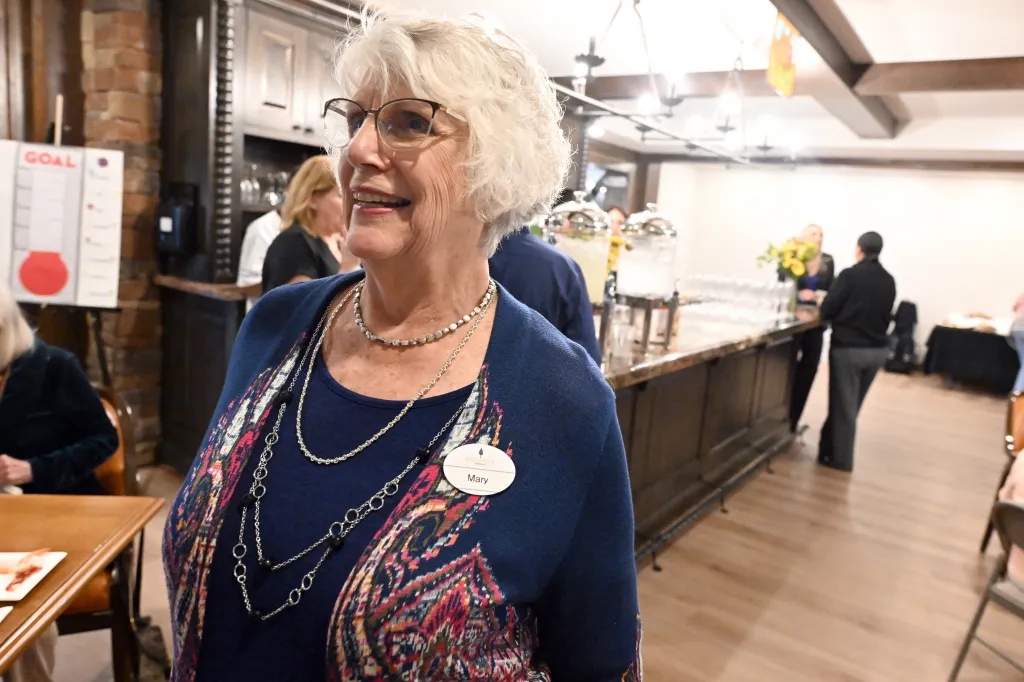Copyright Boulder Daily Camera

Researchers at the University of Colorado Anschutz are stepping off campus with a new “living lab” at Balfour Senior Living in Louisville, aiming to close a gap in clinical research by making it easier for older adults to participate in studies. In 2019, CU Anschutz researcher Kady Nearing found that only 25% of the university’s adult clinical trials enrolled even one participant over the age of 50. That gap could affect how applicable research is in the real world, said Cari Levy, a professor of geriatric medicine at CU Anschutz, who helped create the lab. People who are older and have more complex health conditions are often underrepresented in research, she said — even though they are often the ones who stand to benefit most from the medications and technologies being studied. “So often, the people who are enrolled in studies about medications are not the people we actually take care of,” Levy said. “We’re trying to change that culture on the Anschutz campus. People are comfortable in their labs and offices, and going out into the community is just not something they’ve thought about. It will take time. It will take a culture shift.” The living lab at Balfour will bring research directly to older adults in a familiar, accessible setting. A studio apartment on the Balfour campus has been converted into a space for private research activities, such as drawing blood. Meanwhile, the entire Balfour campus will serve as a lab of sorts — for instance, studies that involve walking will take place throughout the community. Levy said the partnership between CU Anschutz and Balfour was inspired by labs in the Netherlands. The Dutch government funds senior living labs as part of a national strategy to drive scientific research and develop new models for “person-centered aging,” according to researchers at Maastricht University. Michael Sell, business development director at Balfour, said many Balfour residents are eager for this kind of opportunity. “They want opportunities to continue to contribute in what had been their professional capacities, to contribute academically and civically,” Sell said. Residents help shape the research The living lab officially launched on Oct. 15 at Balfour’s Louisville campus. While no trials have started yet, Sell expects one or two to begin by the end of November. Studies currently under consideration include research on how hypertension relates to hearing, and whether cannabis-based topical products can alleviate chronic joint pain. One study — exploring whether electrical stimulation can improve mobility — has already been approved by the Academic Research Advisory Council, a group of Balfour residents who volunteer to review and approve research proposals for the lab. Members of that resident council also act as ambassadors within the community, said Jodi Waterhouse, director of strategic partnerships and programs at the CU Anschutz Multidisciplinary Center on Aging. The goal is for the council to both raise awareness about the living lab and help researchers identify potential future studies, Waterhouse said. “It’s bidirectional. Our hope is that we will co-create research with the residents.” Mary Stamp, a Balfour resident and member of the council, said she looks forward to participating in studies and encouraging her neighbors to join in. “The fact that they really want to involve senior citizens is good, because we have a lot we can talk about,” Stamp said. “We need to do more to get more people involved.” Challenging limits in research One of the biggest barriers the lab faces, Levy said, is that many studies set an upper age limit of 80. That excludes a large portion of Balfour’s residents — whose average age exceeds that, according to Sell. Balfour resident Elaine Lance, who said she has lived on campus for about 10 years, learned about the lab when the Oct. 15 event canceled her regular bingo night. At the event, Lance said she was interested in joining a particular study — until she realized she was too old to qualify. “I wanted to sign up for one of the studies because I thought it would be interesting, but I was too old, dang it,” Lance said. “I thought, the older you are, the more they’d like to study you, but evidently not.” Levy said part of the lab’s mission is to change that mindset among researchers. “Our job is to raise awareness that older adults need to be included in studies,” she said. “When we started this, there was no easy way to tell which studies were enrolling older adults. It’s gotten better. Now we’re reaching out to principal investigators directly to say: If you’re struggling with recruitment, here’s an option.” Expanding beyond Balfour While Balfour residents will form the foundation for the living lab, the space won’t be exclusive to them. Older adults from the broader Louisville community — and beyond — can participate as well. Research teams will handle their own recruitment, but with their approval, Sell said he hopes to advertise studies through local senior centers and medical providers. Waterhouse added that other universities may eventually be involved as well. A team from CU Boulder has already expressed interest in using the space, given its proximity. While the current agreement is limited to the University of Colorado, Waterhouse said that could evolve. “If Balfour is open to it, we could invite other higher education institutions once we’ve worked out the early challenges,” she said. Private-sector partnerships may also be possible in the future, particularly with companies working in aging tech. Although, any such involvement would require “a pretty heavy vetting process,” Waterhouse said. Cambria Jacobs, CEO of AgeTech CO and vice chair of the State of Colorado AgeTech & Innovation Coalition, said Colorado is well-positioned to lead in this space. According to census data, more than 1.3 million Coloradans are over 60, and that number is growing. A 2018 AARP study found that Colorado’s 50 years and older population contributed $153 billion toward the state’s total GDP, equivalent to 40%. In the same year, the demographic’s market activities supported $10 billion in state and local taxes, or 36% of total taxes, the study showed. “Yet, most products, tech and services are still designed for 25- to 40-year-olds,” Jacobs said. “That’s a massive innovation gap and market opportunity.” Jacobs called the CU Anschutz and Balfour Living Lab partnerships Colorado’s “first public-private test site” for aging research in real-world settings — and a potential model for the nation. Governor Polis’ 10-Year Multi-Sector Plan on Aging and a growing network of researchers, tech startups and investors in the state, Jacobs said, are helping make it possible. For now, the lab will focus on just a few studies at a time as more CU Anschutz researchers become aware of the opportunity.



